Japan Heritage Cruise
Ports of call include Hiroshima and Yokohama . Itsukushima Shrine is registered as a UNESCO World Heritage Site and an Important Cultural Property of Japan. The Otorii (Grand Gate) on the sea is very beautiful and fantastic. At the Atomic Bomb Dome and Peace Park, you can experience the preciousness of peace. Yokohama is one of the most famous port cities in Japan. The three buildings visible from the port are known as the "Three Towers of Yokohama": the Kanagawa Prefectural Government Building is called the King Tower, Yokohama Customs House is called the Queen Tower, and the Yokohama Port Opening Memorial Hall is called the Jack Tower, symbolizing the port of Yokohama.
—— Sailing date(s): 6-May-2025, 14-May-2025 ——
Japan Heritage Cruise
Ports of call include Hiroshima and Yokohama . Itsukushima Shrine is registered as a UNESCO World Heritage Site and an Important Cultural Property of Japan. The Otorii (Grand Gate) on the sea is very beautiful and fantastic. At the Atomic Bomb Dome and Peace Park, you can experience the preciousness of peace. Yokohama is one of the most famous port cities in Japan. The three buildings visible from the port are known as the "Three Towers of Yokohama": the Kanagawa Prefectural Government Building is called the King Tower, Yokohama Customs House is called the Queen Tower, and the Yokohama Port Opening Memorial Hall is called the Jack Tower, symbolizing the port of Yokohama.
—— Sailing date(s): 6-May-2025, 14-May-2025 ——
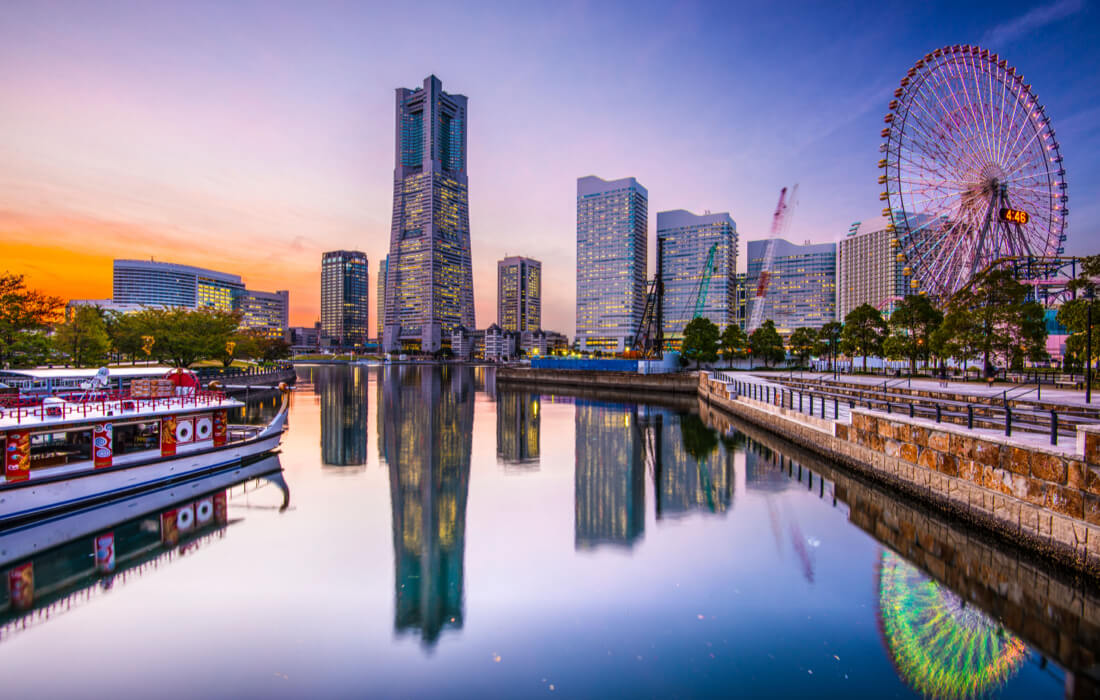


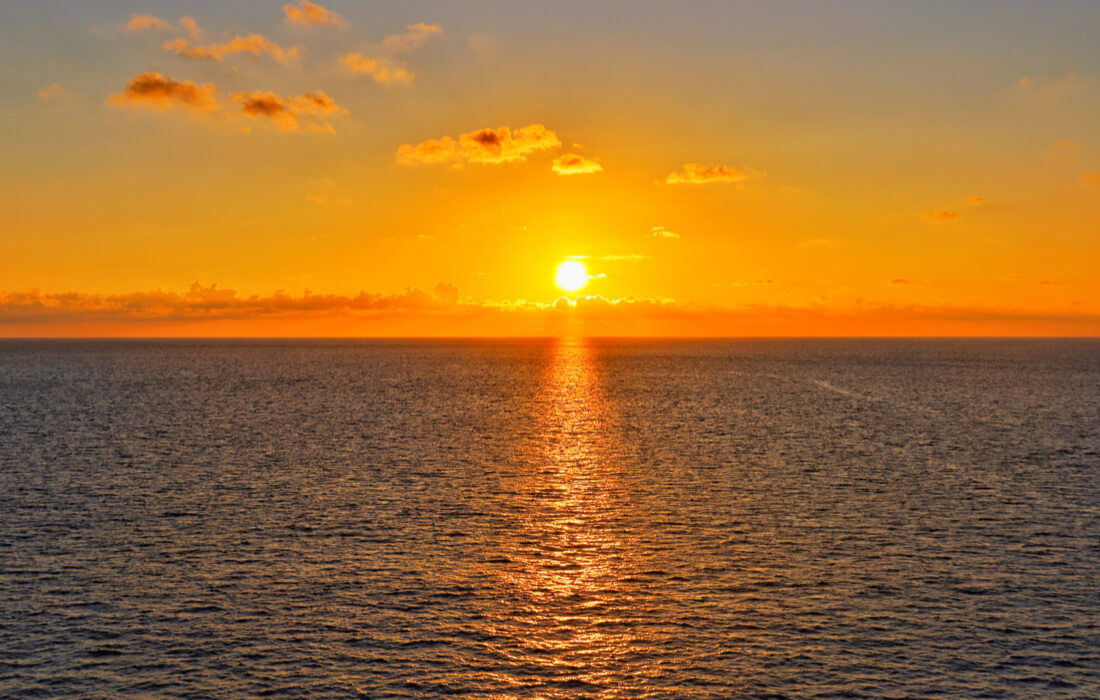


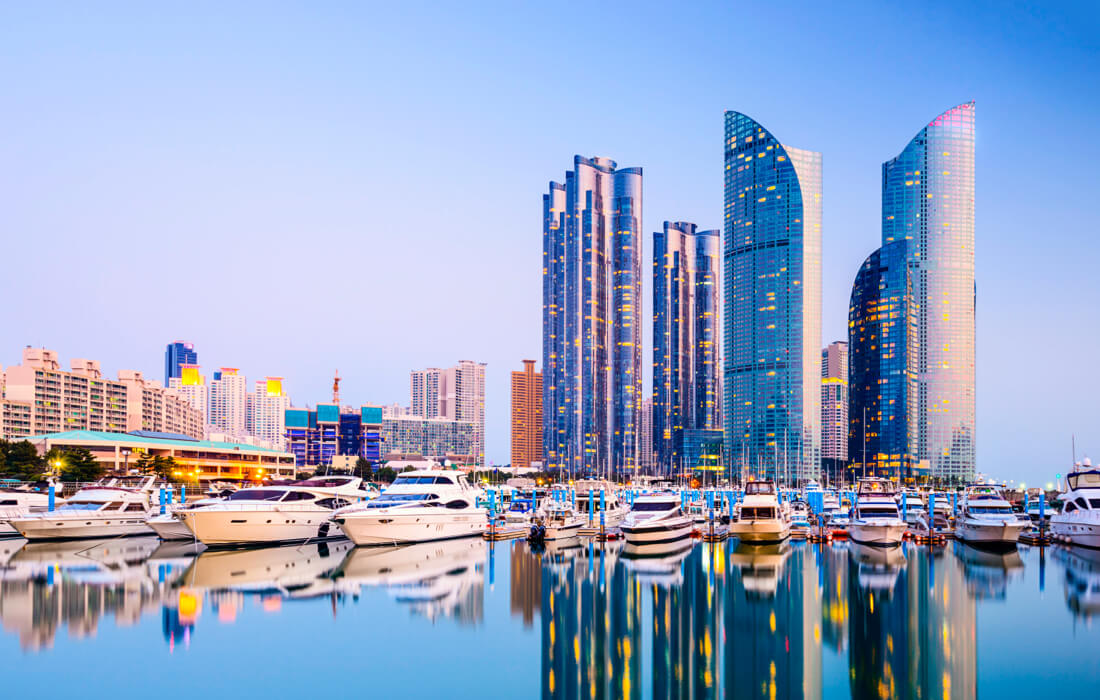


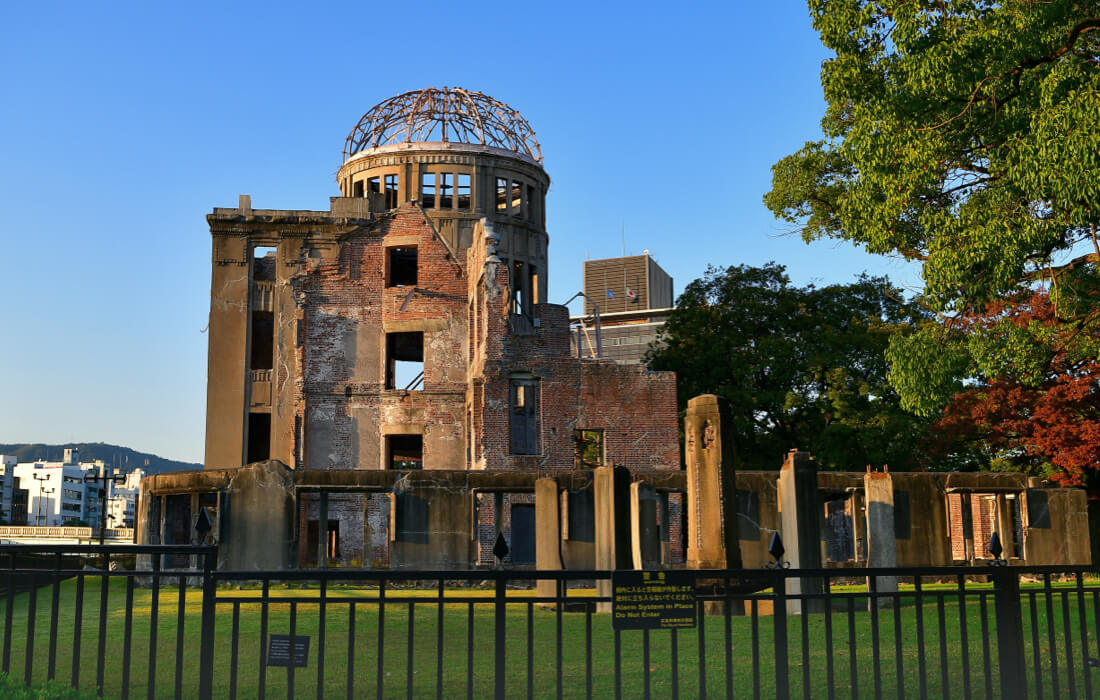


-鞆之浦广岛日本.jpg)


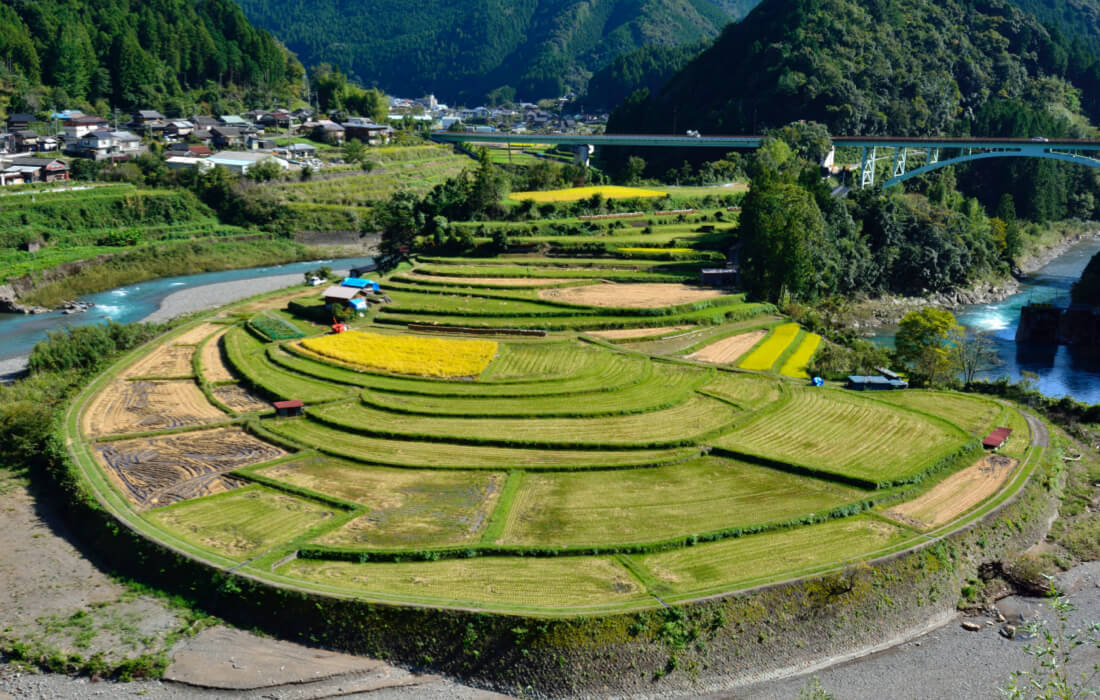


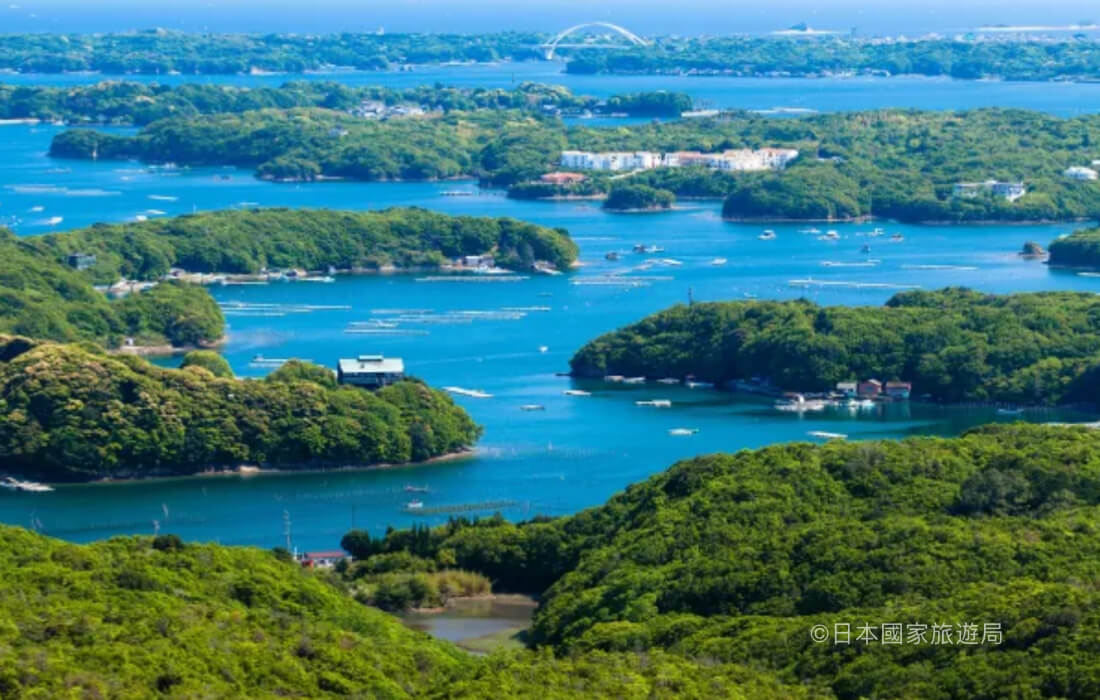


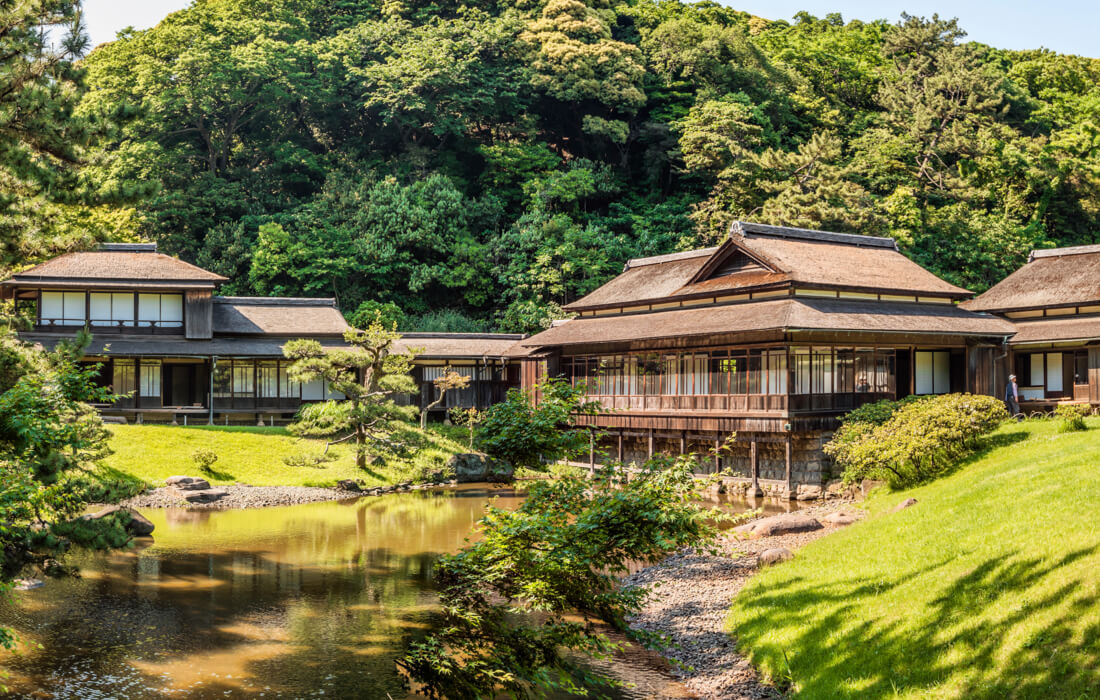


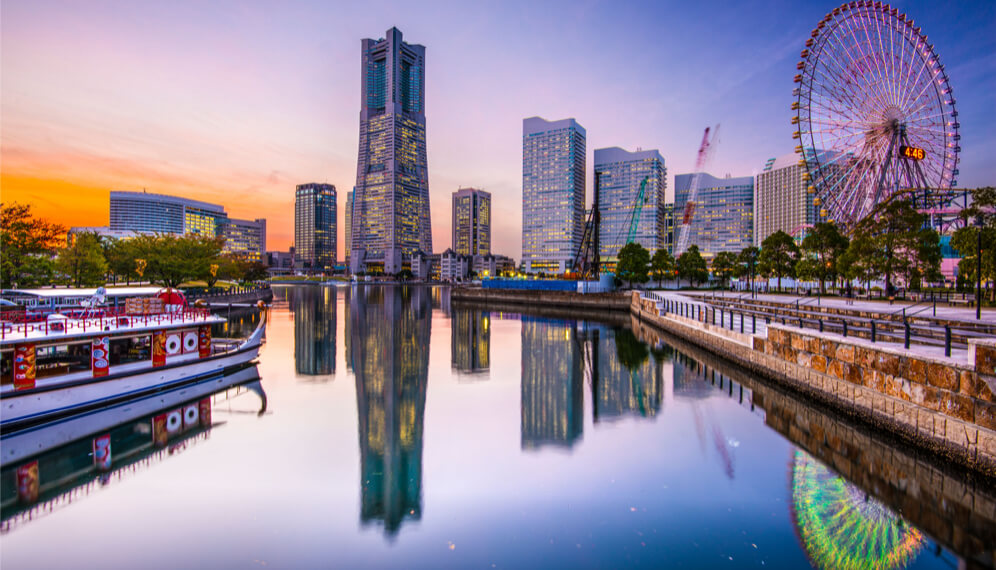
Learn More 
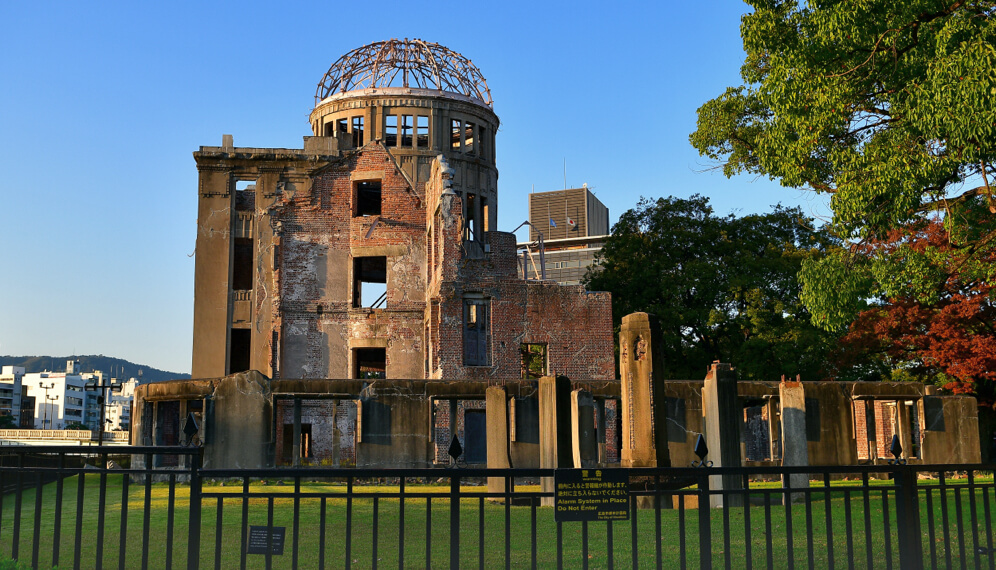
Learn More 

Learn More 
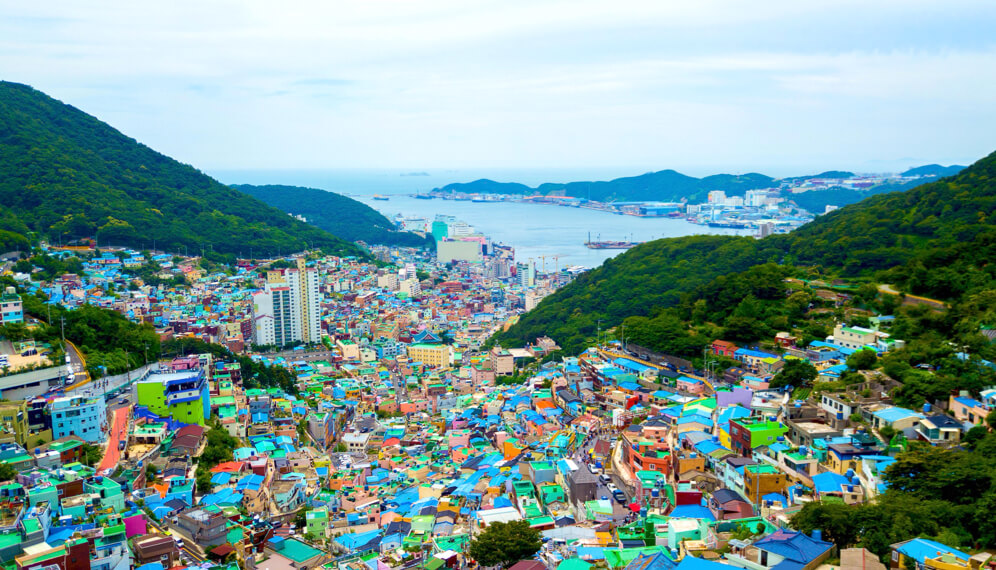
Learn More 


